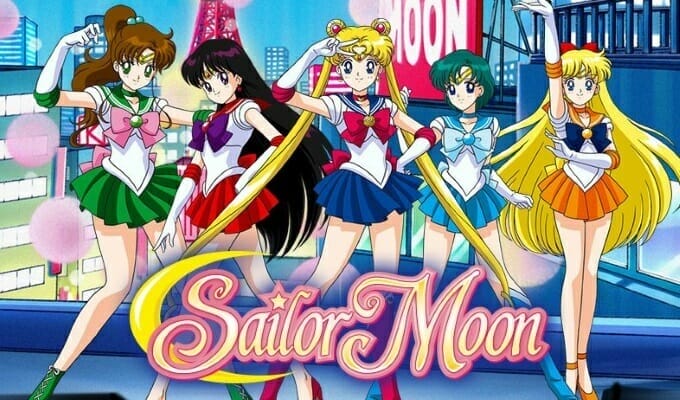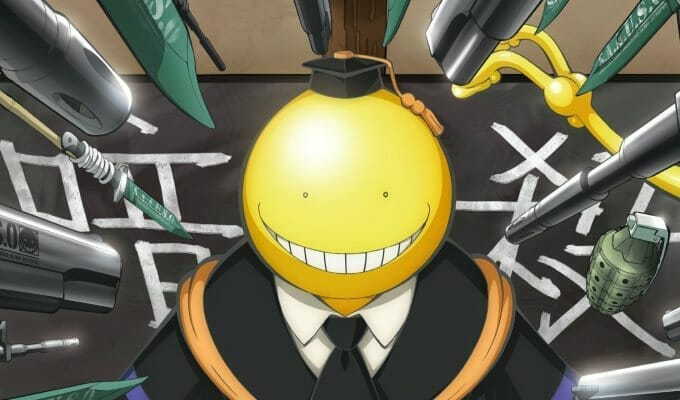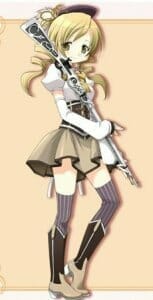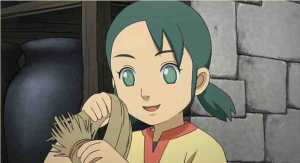Part One of a Three-Part Series
How the Star Wars prequels and Sailor Moon Crystal struggled to realize their creators’ respective visions, and why they ultimately disappointed fans
Compromise is an essential tool in show business. Without it, the overwhelming majority of expensive projects would not only be impossible to make, but would be disappointing even if they were completed.
When criticism began to mount over the decisions made in the production of Star Wars Episode I, Lucasfilm responded by stating that the prequels, and the revised editions of the original trilogy fulfilled George Lucas’ vision for Star Wars.
While this tended to disappoint fans who longed for a return to the glory days of the original Empire Strikes Back and A New Hope, all agreed Lucas was within his rights to do as he pleased. Star Wars is his.
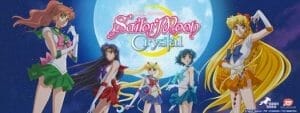 When criticism of the new Sailor Moon Crystal series began to fill fan communities, a number of similar sentiments were heard, and while there are profound differences between Star Wars and Sailor Moon, there are also numerous remarkable similarities. Both are the creations of enigmatic, highly talented and fairly reclusive creative people: One a filmmaker, the other a manga artist. Both have long-established international fan communities. Both feature easily recognizable world-famous characters.
When criticism of the new Sailor Moon Crystal series began to fill fan communities, a number of similar sentiments were heard, and while there are profound differences between Star Wars and Sailor Moon, there are also numerous remarkable similarities. Both are the creations of enigmatic, highly talented and fairly reclusive creative people: One a filmmaker, the other a manga artist. Both have long-established international fan communities. Both feature easily recognizable world-famous characters.
But what connects these two great works of speculative fiction is their inexplicable inability to avoid disappointing their fans during what should be their victory laps. I would like to propose what I believe may be the most likely reason.
Decades ago, authors like A.A. Milne, Rudyard Kipling and Edgar Rice Burroughs established fictional universes in which their most recognizable characters could experience adventures. Of the three, only Burroughs attempted to build what modern audiences would recognize as a franchise.
John Carter of Mars is not Burroughs’ most well-known work (he also wrote Tarzan of the Apes). Nevertheless the character appeared in eleven books and established a universe that many argue formed the basis for nearly all popular science fiction, fantasy and superhero literature in the 20th century. Many accomplished directors like James Cameron, Steven Spielberg and George Lucas cite Burroughs’ work as highly influential in their own films. Even a cursory reading of the Barsoom novels reveals themes and imagery familiar to any fan of speculative fiction.
What the Barsoom novels demonstrated was the potential in the character franchise. Kipling’s The Jungle Book and Milne’s Winnie the Pooh books were landmark works, to be sure. While Mowgli and Pooh may have had the potential to become long-running story franchises, those authors chose to focus on single collections with perhaps a sequel or two.
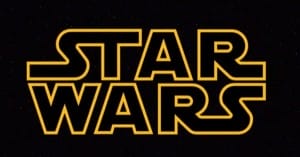 Sailor Moon and Star Wars both drew on Burroughs’ success. This is perfectly understandable. Edgar Rice Burroughs remains a towering figure in the world of speculative fiction. Ray Bradbury once referred to him as “probably the most influential writer in the entire history of the world.”
Sailor Moon and Star Wars both drew on Burroughs’ success. This is perfectly understandable. Edgar Rice Burroughs remains a towering figure in the world of speculative fiction. Ray Bradbury once referred to him as “probably the most influential writer in the entire history of the world.”
There was never any question about the franchise potential of Star Wars and Sailor Moon. Both stories were created as serialized narratives: Star Wars as an updated take on the serials of the 1930s and Sailor Moon as a recurring magazine feature.
Decades of pressure to draw upon a reservoir of genius, however, ultimately brought both into conflict with their biggest fans.
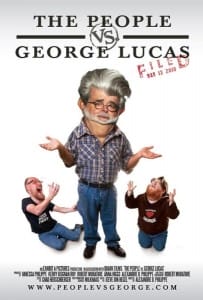 Dale Pollock, the author of Skywalking, made the statement in The People vs. George Lucas that the creator of the Star Wars universe had (paraphrasing) “held these stories in his mind for far too long” and that somehow he was either “channeling” or re-purposing the stories when he decided to write the prequel trilogy.
Dale Pollock, the author of Skywalking, made the statement in The People vs. George Lucas that the creator of the Star Wars universe had (paraphrasing) “held these stories in his mind for far too long” and that somehow he was either “channeling” or re-purposing the stories when he decided to write the prequel trilogy.
Pollock’s observation is compelling on a number of levels, not the least of which is his experience as a writer informing him (and us) of what all creative people know. It is simply not possible for a human being to perform consistent creative development for two decades. Art is an expression of emotion by an artist on behalf of an audience. It is not a twenty-year real estate development project.
When the business side of a multi-billion dollar character franchise demands that the original creative forces behind the characters re-capture the emotional impulse behind an artistic act that took place more than twenty years in the past, disappointment is inevitable. Like their creator, characters grow and change. One need only review any comic book series for proof. The emotions that bring characters into being change also.
The result is an intractable conflict, because the audience has an exactly opposite reaction to the art as its creator. The creator of the works, constrained by human nature, must advance the characters and bring them forward into the future. Meanwhile, the audience longs for the past.
Viewers and readers fondly remember the emotional connection they shared with the characters 20 years ago. They wish to recapture those feelings by experiencing today’s version. The only problem is the audience has also changed. They cannot recapture the emotions of 20 years ago any more than they can un-become who they have become in the ensuing interval.
Disappointed with their inability to turn nostalgia into a contemporary experience, they blame the characters’ creator. It must be their fault that this new version of my favorite show/movie/book isn’t living up to my expectations!
Because the emotions of the audience are so intense, their feelings about the show/movie/book creator become equally so. It’s tremendously unfair to the creator, of course. After all, they are only individual human beings. They can’t be held responsible for the emotional reactions of millions of people around the world.
Sailor Moon has an advantage in this respect because Takeuchi-sensei attempted to avoid turning Sailor Moon Crystal into a series of new adventures of the Sailor Senshi. For the Star Wars prequels, George Lucas specifically intended to create a new universe within the constraints of the world he had already constructed, and then to populate it with new characters.
Based on the general reactions of the fans of each franchise, it is reasonable to assume neither succeeded nor failed in the manner they expected.
In Part Two of this series, I will examine exactly what happened when Star Wars and Sailor Moon raised the curtain on their respective second acts, and how they were judged by their new fans and their original fans.


